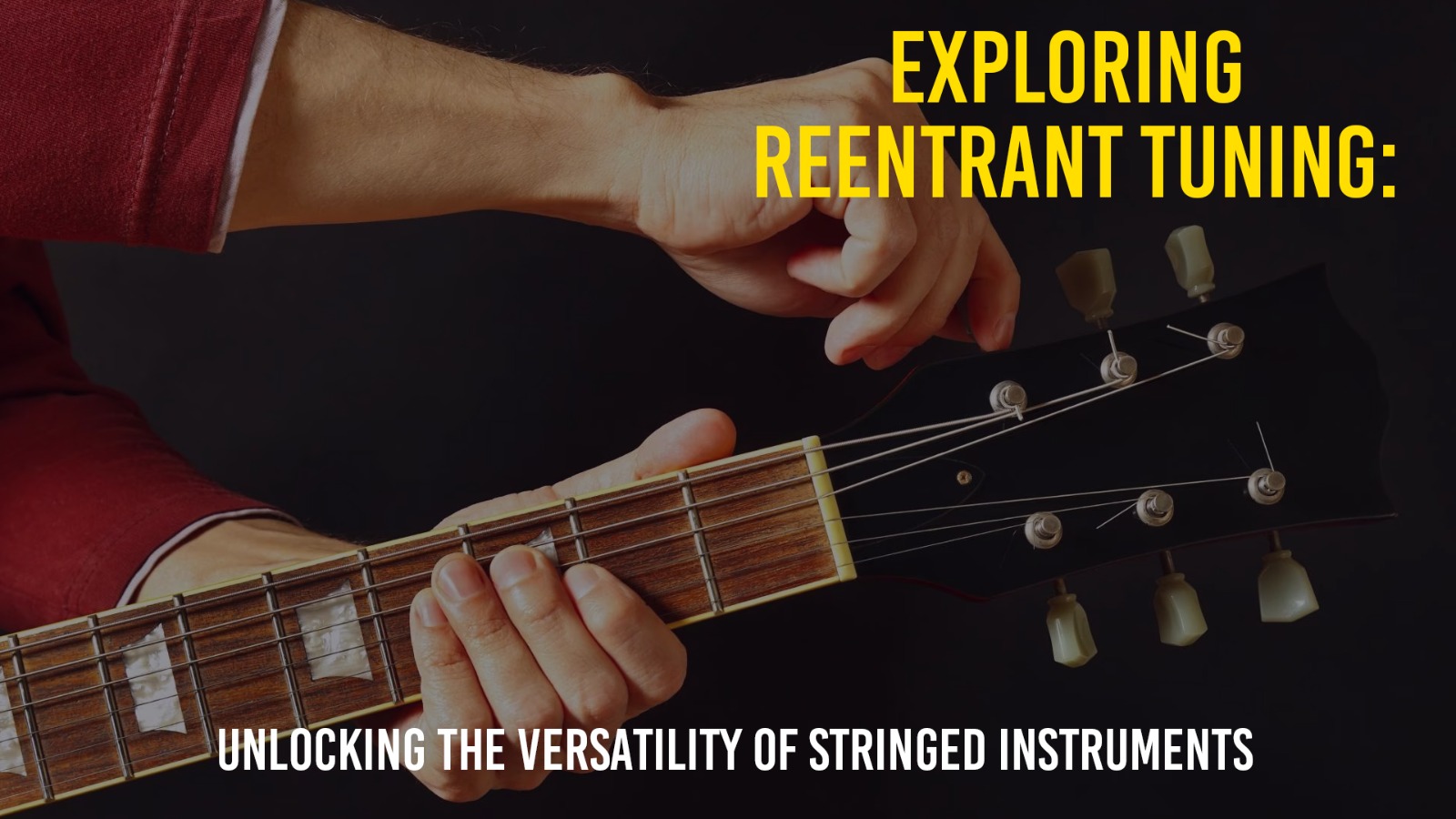Introduction:
Musical instruments with strings, such as the ukulele and certain variations of the guitar, offer a wide range of tunings that allow musicians to experiment with different sounds and styles. One unique tuning approach that adds an extra dimension to these instruments is reentrant tuning. In this article, we will delve into the concept of reentrant tuning, its benefits, and provide some examples of popular instruments that utilize this technique.
Understanding Reentrant Tuning:
Reentrant tuning, also known as high G tuning, is a specific string arrangement commonly found in instruments like the ukulele, tenor guitar, charango, and some variants of the guitar. Unlike the standard tuning, where the strings are ordered from lowest to highest pitch, reentrant tuning involves having one or more strings tuned higher than the adjacent strings. The result is a non-linear arrangement that offers unique tonal possibilities.
Benefits of Reentrant Tuning:
1. Extended Melodic Range: Reentrant tuning expands the melodic range of an instrument by allowing higher notes to be played without sacrificing the lower register. This characteristic is particularly prominent in the ukulele, where the reentrant tuning enables players to access a broader tonal palette.
2. Enhanced Chord Voicings: Reentrant tuning opens up new chord voicings and inversions that may not be easily achievable with standard tuning. The non-linear string arrangement facilitates chord fingerings with unique intervals and harmonies, enabling musicians to explore unconventional and vibrant chord progressions.
3. Bright and Lively Sound: The reentrant tuning imparts a characteristic bright and lively sound to instruments. The higher-pitched string(s) create a distinctive timbre that adds a sense of sparkle and articulation to melodies and strumming patterns.
Examples of Instruments with Reentrant Tuning:
1. Ukulele: The ukulele is perhaps the most well-known instrument that employs reentrant tuning. The standard ukulele tuning is G-C-E-A, where the fourth string (A) is tuned higher than the third string (C). This tuning allows for easy chord shapes, vibrant melodies, and a distinct Hawaiian sound.
2. Tenor Guitar: The tenor guitar is a four-stringed instrument typically tuned in fifths. Reentrant tuning is often used to achieve a wider melodic range and facilitate chord voicings. Common tenor guitar reentrant tunings include C-G-D-A and G-D-A-E, among others.
3. Charango: The charango is a small Andean instrument with ten strings, grouped in five pairs called courses. The reentrant tuning in the charango often involves multiple courses tuned in octaves, allowing for intricate and resonant melodies.
4. Reentrant Guitar Tuning: While less common, reentrant tuning can also be applied to certain variants of the guitar. For instance, the 12-string guitar often features reentrant tuning in the higher octave strings, resulting in a fuller and more resonant sound.
Exploring Reentrant Tuning:
To fully embrace the potential of reentrant tuning, musicians can experiment with various chord voicings, melodic patterns, and fingerstyle techniques. By leveraging the unique string arrangement, musicians can unlock the instrument's versatility and create captivating musical arrangements.
Conclusion:
Reentrant tuning offers musicians a captivating alternative to standard tuning, allowing for expanded melodic range, innovative chord voicings, and a bright, lively sound. Instruments like the ukulele, tenor guitar, charango, and certain variations of the guitar utilize reentrant tuning to great effect, providing musicians with a unique sonic palette to explore.
Whether you're a beginner or an experienced player, reentrant tuning opens up a world of possibilities for musical expression. By embracing this non-linear string arrangement, musicians can create captivating melodies, vibrant chord progressions, and unique tonal textures. So, grab your instrument, experiment with reentrant tuning, and let your creativity soar!

Comments